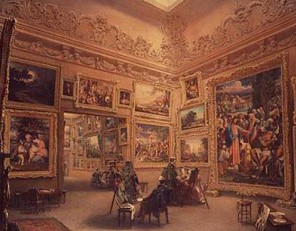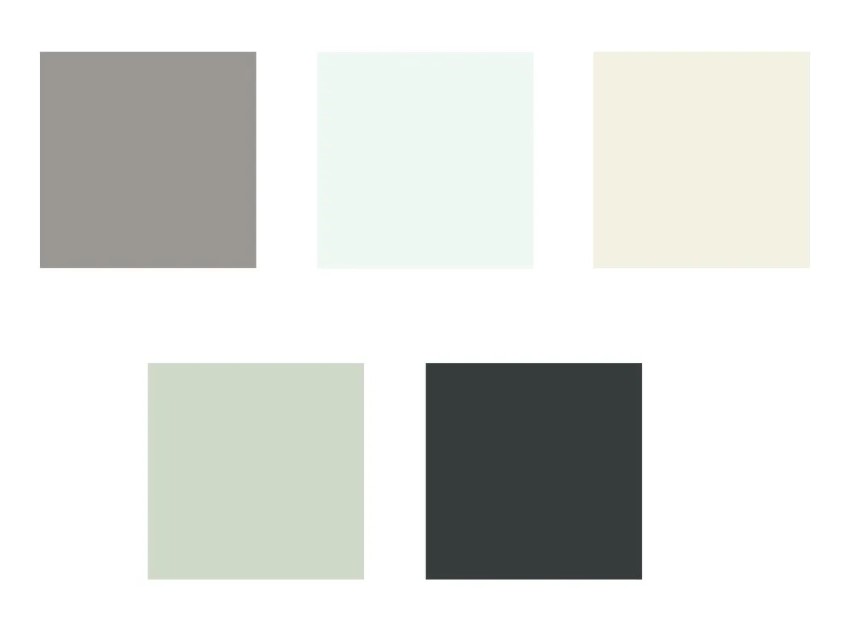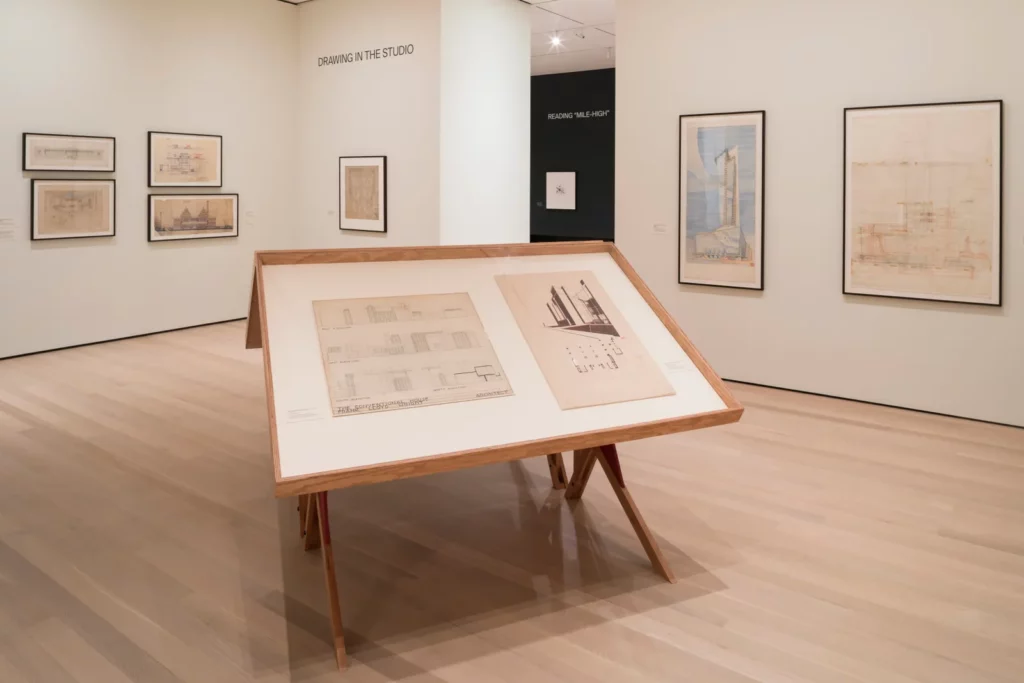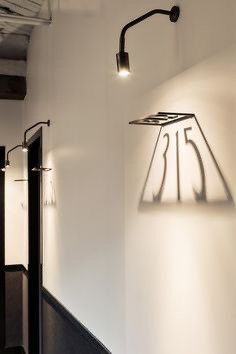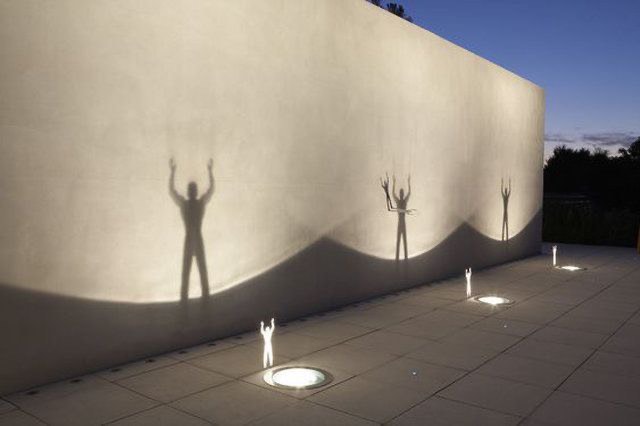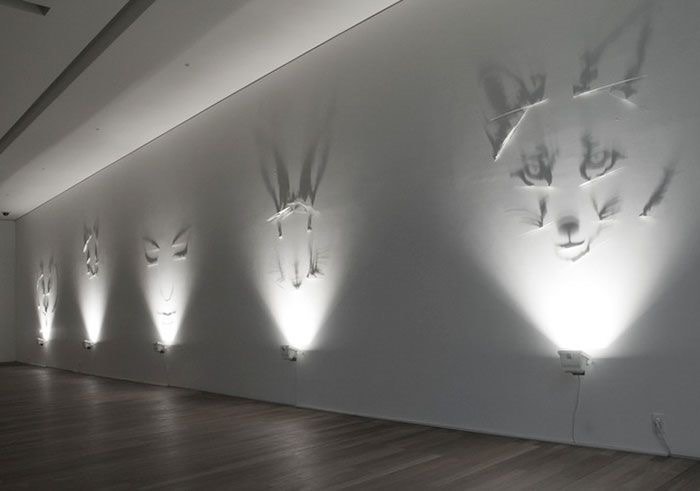In most cases, a combination of track lights and linear lights are used in exhibition halls, as these types of lights provide even illumination and can be easily adjusted to create the desired effect. Poor lighting can be a major issue in exhibition halls, as it can make the exhibition space feel dark and uninviting.
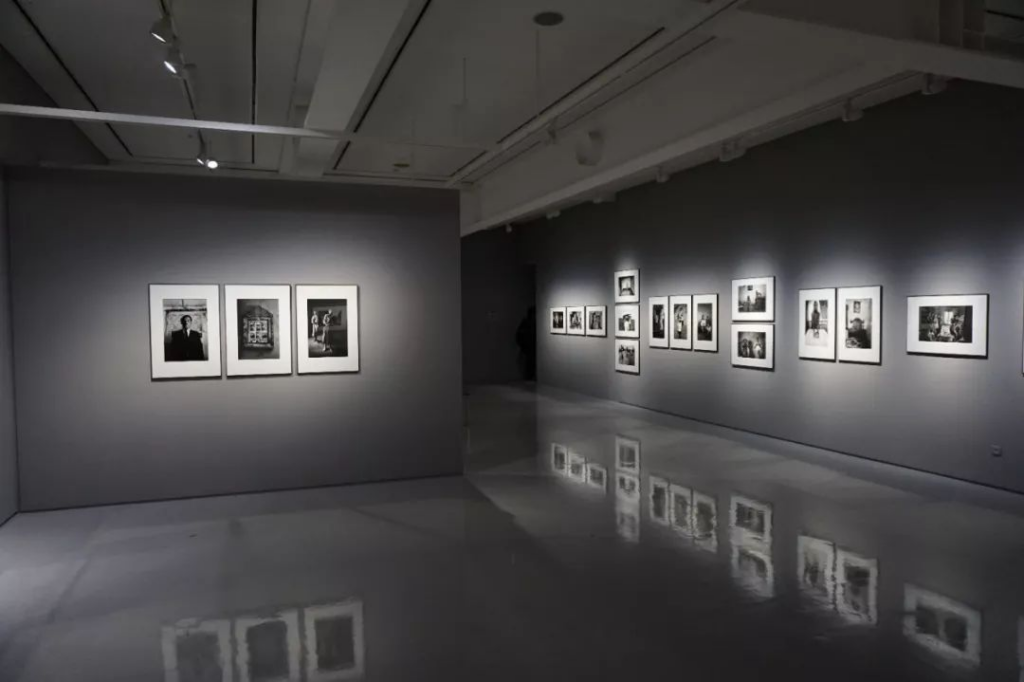
The lighting of museums and gallery spaces needs to highlight and accentuate the texture, colour and shape of exhibits, whether they are historic artefacts, modern art, 2D paintings or 3D sculptures. The play of light and dark can be used to great effect in display environments.
An artifact’s exposure to light can be predicted based on the light levels and the length of the exhibit. Exposure can be controlled by limiting the light level, the time exposed, or a combination of the two factors.
Lighting with a warm white color temperature (3000K) is our recommendation and is used in the vast majority of art galleries. A 3000K warm white temperature creates a relaxed and inviting atmosphere for visitors. It’s also easier to create a CRI value of 95 with a warm white light.
As a general rule the lights should be positioned so that they hit the centre of the artwork when at an angle of 30 degrees. If the angle is too far below this then the lights are too close to the piece of art and will cast long unwanted shadows over the art.

Follow these rules to ensure the longevity of your collection:
- Avoid displaying artwork in direct sunlight. Ultraviolet light and infrared radiation can cause fading.
- Don’t allow light to directly face artwork. This will protect your artwork against heat damage.
- Avoid fluorescent lighting.
Lighting makes the image appear to jump off the canvas, and gives the scene a three dimensional feel. Lighting can also highlight the intended texture of elements within the composition.
Now that we’ve covered some of the science, let’s get back to the colors themselves. But first, keep this in mind: it’s not just the color that makes an impact; the intensity of each is also important.
Blue
Blue is an intellectual color. It represents trust, logic, communication, and efficiency. Use blue as the primary color in office areas that require focus and mental strain.
Red
Red is a physical color. It represents courage, strength, and excitement. It’s a great color to use in areas of the workplace that demand physical exertion.
Yellow
Yellow is the emotional color. It represents creativity, friendliness, optimism, and confidence. Incorporate yellow when you want to stimulate positivity, creativity and happiness.
Green
Green provides balance. It represents harmony, nature, and restoration. Green proves to be a great color in offices that require people to work long hours, since it’s the easiest color on the eyes (requiring no adjustment). It’s also a great color to use anytime a sense of balance is top priority, which is why it’s commonly found in medical offices.
Purple
Purple is often associated with spirituality or luxury. It can promote deep contemplation or luxury, but should be used carefully, as too much (or the wrong tone) can have an opposite effect.
Orange
Orange blends the physical (red) and emotional (yellow), creating a sense of comfort. It is often associated with food and warmth, and is therefore a natural choice in kitchens. When used appropriately, it is also a fu n color, making it an option for a casual office lounge.
Grey
Grey often represents neutrality. We commonly see it used in offices attempting to look sleek or modern. However, when used inappropriately, it suggests a lack of confidence and can stimulate a depressing mood. As a result, be cautious when incorporating grey in certain spaces.

Generally, cool or blue light gives the audience a sense of calm during the film. But it can also be used to create a somber or suspenseful scene. Warm lighting, on the other hand, is more comforting. It can conjure up feelings of joy and ease
Exposure to natural light helps our bodies produce Vitamin D, improves our circadian rhythms and sleep patterns, helps us to focus, enables us to get more done, and even makes us happier.
Simple brightness and shadow, when utilized well, can make the audience feel intensely about the actors in a shot. Cast your subject in bright and shining light, and the audience will see them as good, clean, and positive in the story.
Lighting will be able to tell your audience the setting of the play. Through the lighting, they will be able to tell whether the play takes place in an indoor or outside environment, the time of the year, and the time of the day. Lighting can also be used to establish the period in which the play takes place.
Angle, Size, Distance, Shape, Duration, and Color are each qualities of light that photographers can combine and manipulate these qualities in setting the look of their photograph for impact beyond just illumination.






